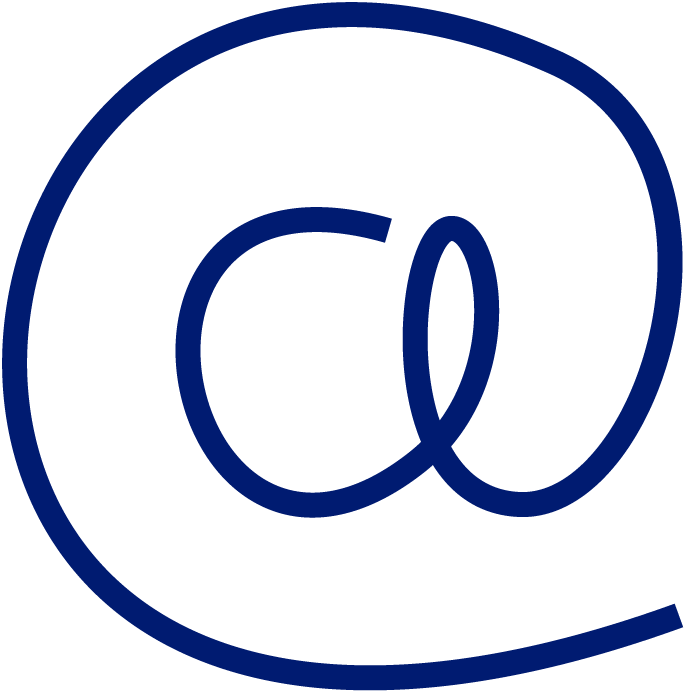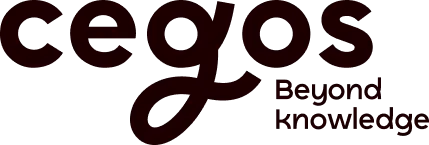
Since the lockdown that we’ve seen in almost all countries, we hear the word virtual classroom very often. Face-to-face training has become distant. We as trainers need to be good architects to design attractive, robust, and effective systems that fulfill the original mission of developing skills.

The limits of the virtual classroom
The solutions are varied (virtual classes, coaching, webinar, e-learning, tutorials…). We also need the imagination to find good technical solutions (which virtual class tool? which functionality?) and adopt efficient postures.
The virtual classroom is often designed in a short format (one and a half to three hours) and cannot replace the whole of a two-day face-to-face training; this is why the reverse class becomes an interesting lever. The formula to define the inverted class is "the class at home, homework in the classroom".
Putting the learner back in the centre of the virtual classroom
As Marcel Lebrun, pedagogical advisor at the Louvain Learning Lab, says, the reverse class is a strategy, not a technique. Different strategies exist to facilitate learning. The main idea is to focus the training on the learner and the activity and not on the trainer.
To do this, it is possible to support to the participant, upstream of the virtual classroom with:
- help in finding information,
- a quiz, a self-diagnosis of their current skills/behaviours/activities
- articles or videos to view
- learning challenges: synthesis, case study with action plans to be proposed, video to be produced …
It is by explaining what one has understood that one really integrates the information, which is why these production activities are particularly important.
How to succeed in the reverse class of a virtual classroom?
The inverted class coupled with the virtual class is an interesting solution. But there are conditions of success to be met :
- clear framing by the trainer
- a precise scope of content to be studied
- agreed time to prepare for the activity,
- quality resources (videos, reading, case studies…)
- easily accessible resources
I am convinced that the virtual classroom is only useful if it is part of a complete learning process: making our participants live a personal, empowering and motivating experience.








